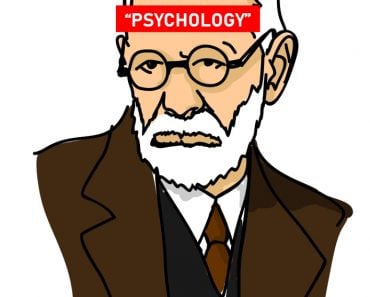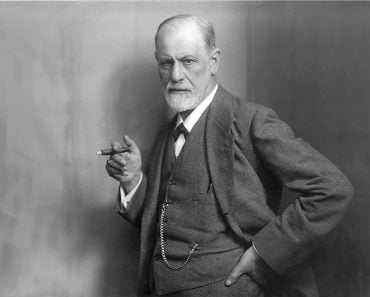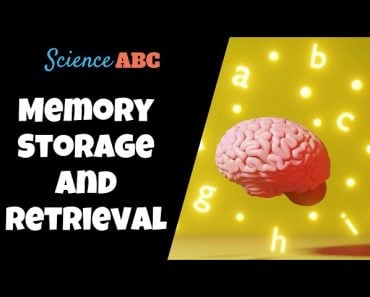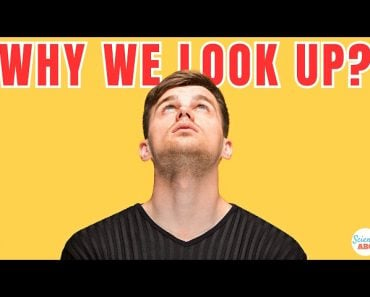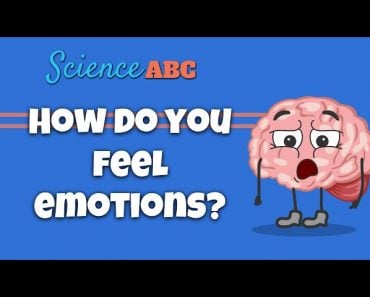Sigmund Freud was the first psychiatric professional to use dreams as way to treat patients. This is called dream analysis in psychotherapy. Today, many other types of therapies, such as cognitive behavioral therapy, have added dream analysis as a component of their larger practice.
Dreams have intrigued the human imagination for millennia. We have believed them to be everything from dire omens of the future to prophecies that we must fulfill.
The illustrious (and controversial) Sigmund Freud suggested that dreams could be used in psychology; they can provide us with a unique window into the unconscious mind, allowing us to explore the hidden conflicts, desires, and emotions that we experience.
How does this dream analysis work? What does modern psychology have to say about it? And does it actually help?
Recommended Video for you:
Freud And Interpretations Of Dreams
Psychoanalysis, pioneered by Freud, views dreams as a gateway to the unconscious. Freud is regarded as the first person to suggest that dreams reflect repressed desires and unresolved conflicts in his book, The Interpretation of Dreams. His ideas were revolutionary for their time and paved the way for how dream analysis is used in therapy today.
Dream analysis in psychoanalysis considers both the manifest content and latent content of dreams.
The manifest content is what we see and experience in the dream, like being chased by a monster or flying in the sky.
However, behind the obvious images is the symbolic meaning of the dream. This is the dream’s latent content. It’s like a secret message from our unconscious mind, representing our hidden fears, desires, and unresolved issues. For example, for someone, a dream of being chased by a monster could symbolize unresolved fears in their daily life that continue to affect them.
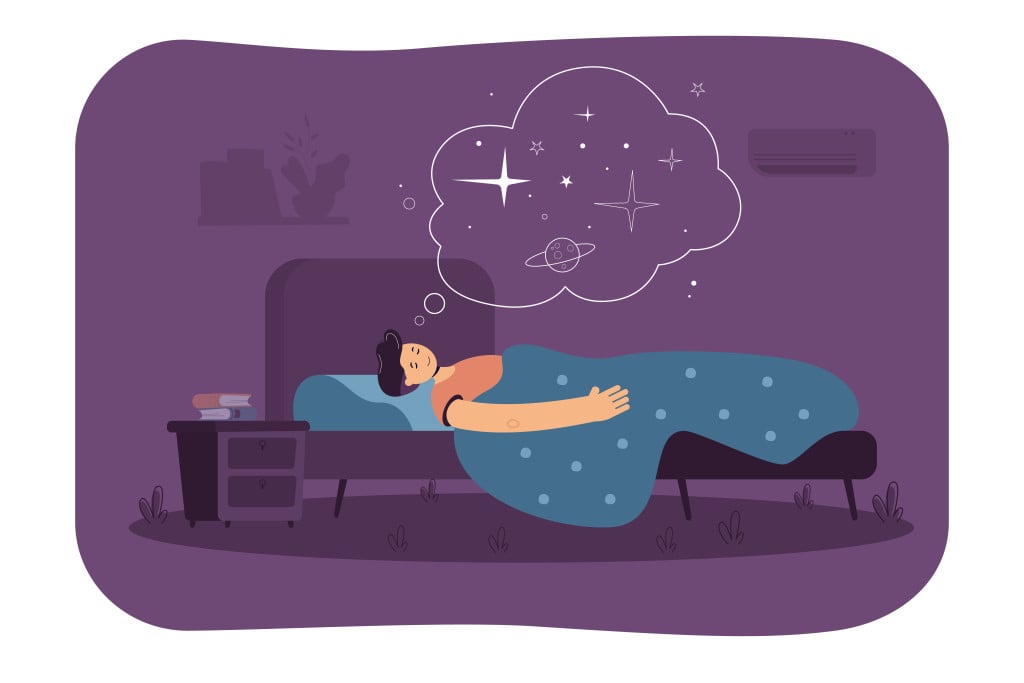
According to Freud, the outside world influences our dreams.
- External Sensory Stimuli: Real-life sensations like an alarm clock or strong odor may be incorporated into our dreams. For example, if you fall asleep with a TV on, you might dream about a similar scenario as the program that is playing. Thus, your mind incorporates the sounds or images from the TV show into your dream.
- Internal (Subjective) Sensory Excitations: These are imaginative visual images that sometimes appear when we are falling asleep. For instance, when some people are drifting off to sleep, they might see vivid and rapidly changing scenes of flying through the sky or being in a magical world.
- Internal Organic Somatic Stimuli: Sensations from our internal organs during sleep were believed by Freud to even reveal health issues. For example, if you have a fever during the night, you may have a dream where you are sweating and feeling hot. Thus, the sensations from your internal body state are reflected in the dream.
- Physical Sources of Stimulation: Dreams often reflect our thoughts, interests, and activities from the day before. For example, if you had an exciting day at the beach, you might dream about swimming in the ocean or building sandcastles, as these activities interested you during the day.
Using all this imagery, the client undergoing psychoanalysis may be encouraged to allow their unconscious thoughts and emotions to surface without the constraints of logical thinking or social norms. The is called free association. Using free association, the therapist can help the client explore the deeper meanings (the latent content) and associations behind these dream elements.
For instance, if a client dreams of being chased by a menacing figure, free association might lead them to express feelings of vulnerability, fear, or a sense of being pursued in their waking life. Through this process, the therapist can uncover hidden emotions, memories, and thoughts that are symbolically represented in the dream. The free association technique enables client to access their unconscious mind and make connections between the dream symbols and their personal experiences, ultimately shedding light on unresolved conflicts or repressed desires.
While dream analysis can certainly help uncover repressed thoughts and emotions, its applications extend beyond this aspect. Dream analysis has also been used to address anxiety, depression, trauma and PTSD.
Dreams In Psychoanalysis And Beyond
Today, psychology as a discipline is more sophisticated than when Freud began his work. The technique of dream analysis has evolved and become a trusted aspect of a range of therapies today.
Dream analysis encompasses several subsystems that offer distinct approaches to understanding dreams. Gestalt therapy emphasizes the present experience and integration of the self. CBT values dream analysis by considering how our waking experiences shape our dream content. Transpersonal psychology sees dreams as a profound source of insight into deeper dimensions of consciousness. Each approach brings unique perspectives to the therapeutic exploration of dreams.
Gestalt Therapy
Gestalt therapy, developed by Fritz Perls, is a distinct branch of psychotherapy that evolved as a reaction against traditional psychoanalysis. While both approaches recognize the importance of exploring the unconscious mind, they differ in their methodologies and underlying principles. Gestalt therapy focuses on the present, while psychoanalysis zeroes in on the past. Gestalt therapy views individuals as whole beings, with all aspects of their experience being interconnected. It emphasizes the integration of mind, body, emotions, and spirit. Freudian psychoanalysis, on the other hand, primarily focuses on the mind and the exploration of the unconscious.
The role of the therapist also differs in the two therapies. In Gestalt therapy, the therapist takes an active and direct role in guiding the client’s exploration and understanding of their experiences. Freudian psychoanalysis often involves the client lying on a couch while the therapist takes a more passive role as a neutral observer.
With respect to dream analysis, both Gestalt therapy and Freudian psychoanalysis consider dreams as valuable sources of insight. However, the interpretation of dreams between the two differs. Freud’s psychoanalysis places a heavy emphasis on latent content and uncovering hidden meanings, often related to repressed desires. In Gestalt therapy, dreams are explored for their experiential aspects and the emotions they evoke in the present moment, rather than their potential to uncover hidden or unconscious desires.
In Gestalt therapy, dreams are seen as holding important messages for us to understand. Like our personalities, dreams can be fragmented, with various parts not fully connected or working together. The goal is to integrate these parts to become a whole, functional individual.

Moreover, in this approach, dream elements are considered projections of different aspects of the dreamer’s personality, whether desired or unwanted. Rather than analyzing dreams, Gestalt therapy centers on integrating them within the present moment, often exploring bodily sensations during sessions.
Furthermore, in Gestalt therapy, dreams are seen as a means of uniting perceptions, feelings, and experiences from the past with existing elements of our experiences. Through this process, we can integrate unresolved elements into our personalities.
Cognitive-Behavioral Therapy (CBT)
Cognitive-Behavioral Therapy (CBT) is a widely practiced form of therapy that focuses on the relationship between thoughts, emotions and behaviors. CBT primarily emphasizes conscious cognitive processes. For this reason, dream analysis was considered to be an ineffective practice in CBT.
However, in the past two decades, neuroscience studies on sleep and dreams have sparked interest in dreams within the CBT field. CBT therapists utilize neurophysiological knowledge to better understand the underlying mechanisms of cognitive and emotional processes. Consequently, CBT now views dreams as reflections of the patient’s views of themselves, the world, and the future.

Research suggests that the mental mechanisms used for remembering experiences/events are similar during both dreaming and waking states.
This means that when we dream, our brain uses the same processes to remember bits of stories and images, just as it does when we’re awake. This means that dreams are not immune to the cognitive biases that influence our thoughts and perceptions while awake. Our waking experiences, beliefs, and emotions can readily seep into our dreams, shaping the content and themes that appear when we sleep. For instance, if we have strong fears or anxieties during the day, they may manifest in our dreams as recurring themes of being chased or falling.
As a result, CBT now considers dream analysis to be valuable in understanding clients. It also helps in resolving therapeutic challenges, and restructuring self and interpersonal perspectives. In the current cognitive perspective, dreams are seen as personal and symbolic representations of how the dreamer sees themselves and the world around them. Each dream is unique to the individual’s thoughts, feelings and experiences.
Transpersonal Psychology
Transpersonal psychology integrates spiritual and transcendent aspects of human experience with traditional psychological theories and practices. In transpersonal psychology, dreams are seen as a profound source of insight and connection to the deeper dimensions of consciousness. One technique used by transpersonal therapy is guide imagery. In this, the therapist actively guides patients through sensory-rich experiences, such as fantasies, dreams, and memories. It involves using one or more sensory modalities, with visual imagery being the most common.
Guided imagery can be a valuable tool in dream analysis. It allows individuals to access their dreams and explore them in a more vivid and immersive way. By using sensory-rich experiences during guided imagery sessions, therapists can help clients delve deeper into the symbols, emotions, and themes that are present in their dreams.

During guided imagery, clients can revisit their dreams and re-experience them in a more detailed manner. This helps them recall forgotten elements and gain a deeper understanding of the dream’s content. The therapist can actively guide clients to explore different aspects of the dream. Additionally, they can encourage clients to focus on specific sensory details, emotions, or interactions within the dream.
For instance, a dream of flying in transpersonal dream analysis might be interpreted as a metaphorical representation of transcendence, liberation, or spiritual growth. The focus is on understanding the dream’s transformative message and its implications for the individual’s personal and spiritual development.
Strengths And Limitations Of Using Dream Analysis In A Therapeutic Setting
Dream analysis in therapy has multiple strengths that contribute to its effectiveness.
First, it enables a deep exploration of the unconscious, helping patients access repressed thoughts, desires, and conflicts not easily accessible in conscious dialogue. Dreams utilize a symbolic language that provides a unique and subjective perspective, bypassing conscious defenses, thus offering an authentic representation of a client’s inner world. This personalized approach allows therapists to tailor therapy to each client’s personal symbolism, increasing its relevance and impact.
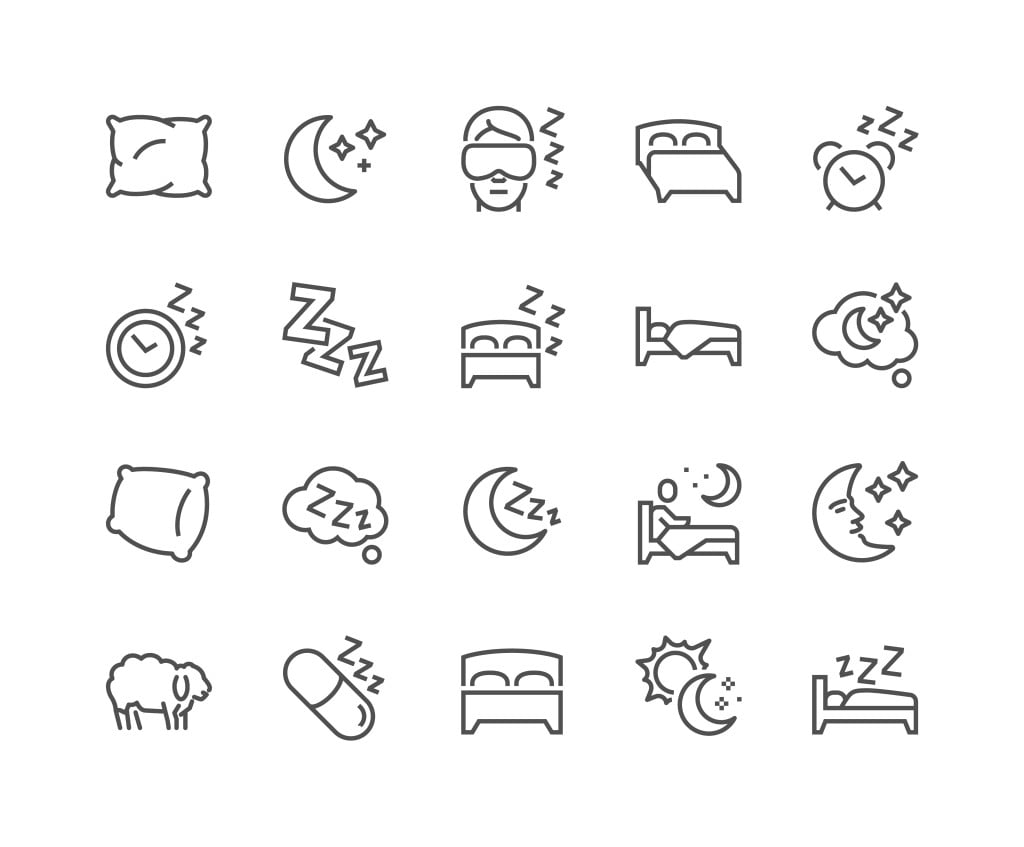
However, dream analysis also has its limitations. Dream interpretation relies on the therapist’s expertise and the client’s subjective experience, making it a subjective process. Different symbols and themes may hold different meanings for each individual. Additionally, some clients may have difficulty recalling or sharing dreams, or they may be resistant to engaging in dream analysis. This obviously hinders its effectiveness as a therapeutic tool.
Despite these limitations, dream analysis remains a popular and a valuable tool in therapy, offering a window into the unconscious and inner conflicts of clients. By recognizing and embracing both the strengths and limitations of dream analysis, therapists can harness its power to help every client on their journey to self-discovery!
References (click to expand)
- The interpretation of dreams | WorldCat.org. OCLC global cooperative
- Greenberg, R., & Pearlman, C. A. (1999, January). The interpretation of dreams a classic revisited. Psychoanalytic Dialogues. Informa UK Limited.
- Holzinger, B., Nierwetberg, F., Cosentino, L., & Mayer, L. (2021, August 24). DreamSenseMemory - a Gestalt-based dream-work approach embracing all our senses. Research in Psychotherapy: Psychopathology, Process and Outcome. PAGEPress Publications.
- De Gennaro, L., Marzano, C., Cipolli, C., & Ferrara, M. (2012, January). How we remember the stuff that dreams are made of: Neurobiological approaches to the brain mechanisms of dream recall. Behavioural Brain Research. Elsevier BV.
- Freeman, A., & White, B. (2002, March). Dreams and the Dream Image: Using Dreams in Cognitive Therapy. Journal of Cognitive Psychotherapy. Springer Publishing Company.
- MC Kasprow. (1999) A Review of Transpersonal Theory and Its Application to .... National Center for Biotechnology Information

